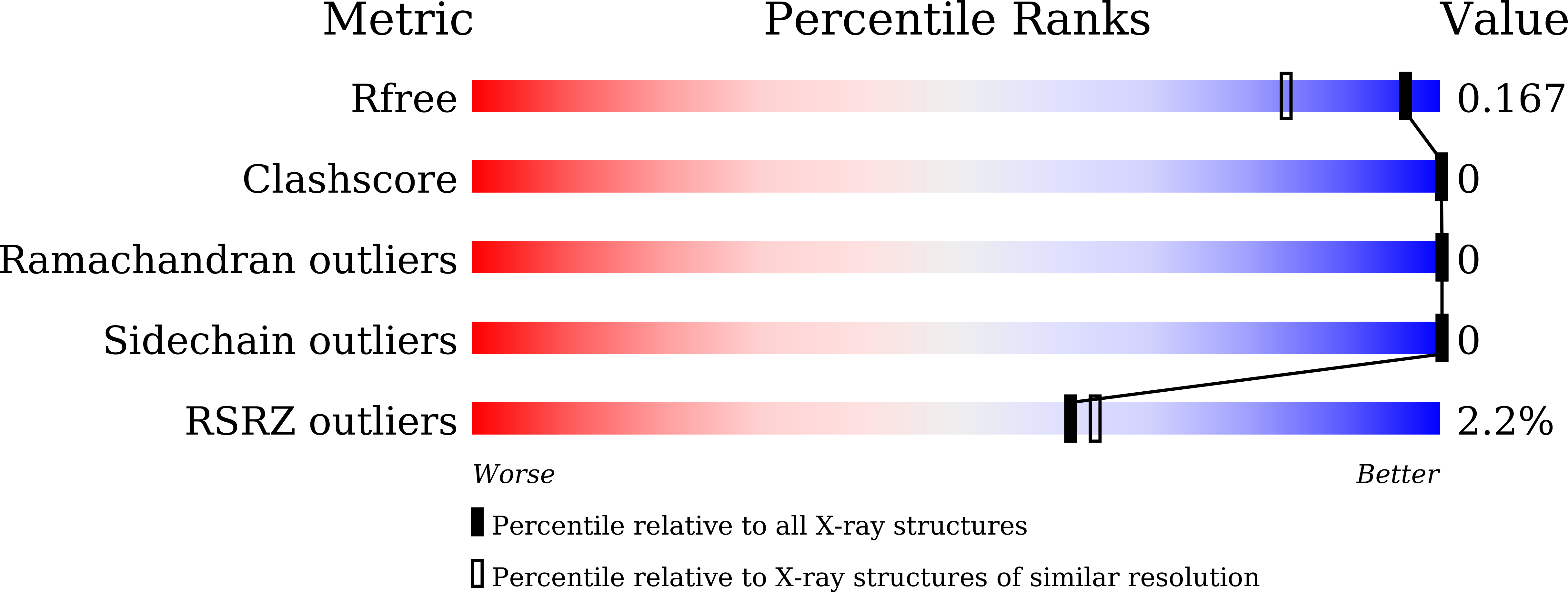
Deposition Date
2021-05-31
Release Date
2022-02-09
Last Version Date
2024-10-23
Entry Detail
PDB ID:
7EYK
Keywords:
Title:
Crystal structure of Escherichia coli ppnP-Selenomethionine derived
Biological Source:
Source Organism:
Escherichia coli K-12 (Taxon ID: 83333)
Host Organism:
Method Details:
Experimental Method:
Resolution:
1.38 Å
R-Value Free:
0.16
R-Value Work:
0.15
R-Value Observed:
0.15
Space Group:
P 62


